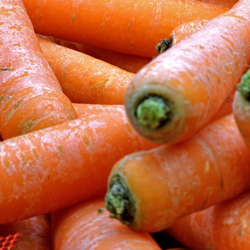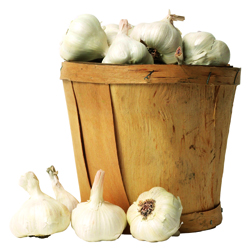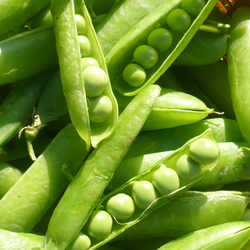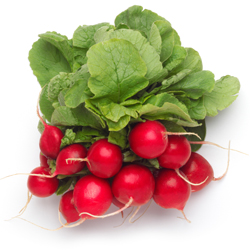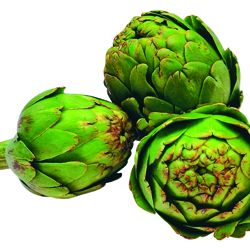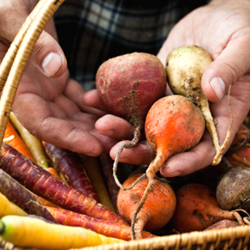Want to grow vegetables in every season? Generally, vegetables can be divided into cool-season, warm-season and hot-season crops. The key to extending your gardening season to the limits is successive garden planting and planning. Planting cool-season crops in early spring, followed by warm-season plants, then ending in the fall with cool-season crops again will help you make the most of your growing season. At the same time, your planting should include staggering plantings every two weeks along with selecting early, mid-season and late varieties so the harvest is equally distributed.
Cool-Season Crops
To begin, you will want to plant your cool-season crops: broccoli, cauliflower, cabbage (early and late varieties), Brussels sprouts, and others (see list below). Many of these crops can be started indoors, then transplanted out to the garden when the conditions are best. To extend the season even more or to get an early start, you can try some season-stretching devices that protect plants until the weather warms up, such as Wall-O-Water, cold frames and row covers.
- Wall-O-Water is an innovated, insulated frame fits over top of the plants to form mini-greenhouses.
- Cold frames are boxes with translucent tops that allow sunlight in, but keep the cold winds out.
- Row covers, like remay fabric, are put over top of the plants to keep them protected.
Warm-Season Crops
After getting your cool-season crops planted and transplanted into the garden, you may want to start seeds indoors for your warm-season crops such as cantaloupes, squash, tomatoes, peppers, cucumbers and pumpkins. Starting the seeds indoors will extend the growing season, letting you enjoy these crops even if the “warm” part of your season may not be long enough for them to fully mature. Set out warm-season crops just after the last spring frost. These types of starter plants will also be available in late April and May.
Hot-Season Crops
Hot-season plants like lima beans, okra, snap beans, sweet potatoes, watermelon, corn and eggplant cannot tolerate frost or cold soil. These crops should not be planted until three weeks after the warm-season plants. Season extenders can make conditions more favorable to plant these crops slightly earlier, but they can be more delicate if planted too early. Like warm-season crops, however, it is possible to start these seeds indoors so the plants are more mature and more resilient to be planted outdoors as soon as possible.
Back to Cool-Season Crops
In early fall, cool-season crops can be planted again so they grow into fall and winter. Brussels sprouts, cabbage, some varieties of lettuce, parsley and spinach tend to be the most cold-hardy vegetables and can even recover from a hard frost late in the season.
With care and planning, it is possible to enjoy your growing season for far longer than the weather may dictate, and you’ll have a much more bountiful, varied harvest to show for it!
Sow & Grow In Cool Spring and Fall Soil:
- Artichoke
- Arugula
- Beets
- Bok Choy
- Broccoli
- Cabbage (early & late varieties)
- Carrots
- Chard
- Collards
- Endive
- Escarole
- Garlic
- Kale
- Kohlrabi
- Leeks
- Lettuce (head and leaf varieties)
- Mesclun
- Mustard
- Onions
- Parsley
- Parsnip
- Peas
- Potato
- Radicchio
- Radish
- Spinach
Start Indoors & Transplant or Sow Seeds In Late Spring:
- Beans
- Cantelope
- Corn
- Celery
- Chinese Cabbage
- Cucumbers
- Eggplant
- Onions
- Peppers
- Pumpkins
- Squash
- Tomatoes
- Watermelon






